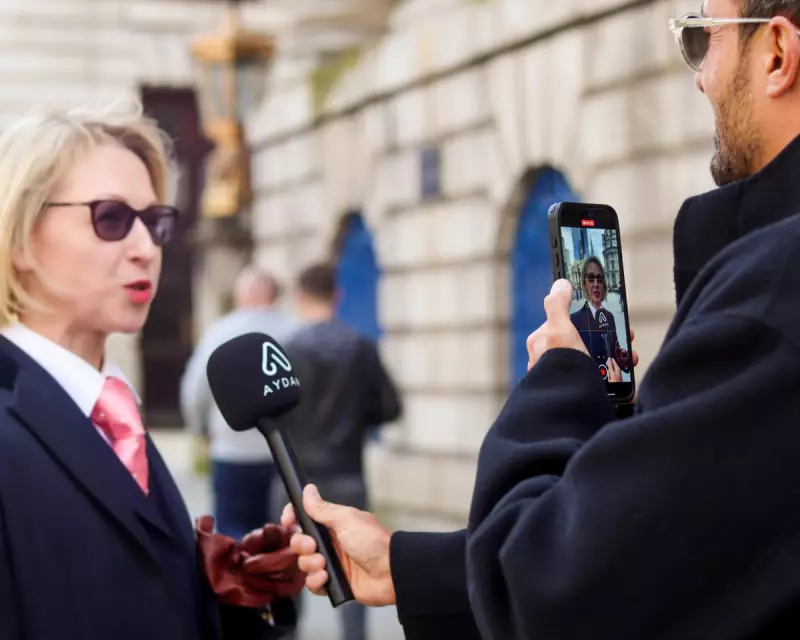
The curtain has been pulled back on one of social media's best-kept secrets: what influencers actually earn. A groundbreaking investigation into the UK's creator economy reveals staggering pay disparities that are reshaping the digital landscape.
The Transparency Revolution Hits Social Media
Gone are the days when influencer earnings were whispered about in private messages. A new wave of pay transparency is sweeping through Instagram and TikTok, with content creators openly sharing their income figures in what amounts to a digital revolution for worker rights.
From Nano to Mega: The Earnings Spectrum
The data reveals a dramatic financial divide:
- Nano-influencers (1K-10K followers): Often earn less than £100 per post despite significant time investment
- Mid-tier creators (50K-100K followers): Can command £200-£800 per sponsored content piece
- Macro-influencers (500K+ followers): Regularly secure four-figure deals for single posts
- Mega-stars (1M+ followers): Enter five-figure territory for brand partnerships
The Gender Pay Gap Goes Digital
Perhaps most alarming is the persistence of gender inequality in influencer earnings. Female creators consistently report lower rates than their male counterparts with similar follower counts and engagement rates, suggesting the traditional gender pay gap has found new life in the digital realm.
Why Transparency Matters Now
This new openness comes as content creation evolves from side hustle to serious profession. With more Britons considering influencer marketing as a viable career path, understanding potential earnings has become crucial.
"We're seeing a fundamental shift in how creators approach their business," explains digital economy analyst Sarah Chen. "The mystery around earnings only benefited brands who could lowball inexperienced creators. Now, armed with real data, influencers can negotiate fair compensation for their work."
The Platform Divide: Instagram vs TikTok
While Instagram remains the premium platform for sponsored content, TikTok is rapidly closing the gap. Brands are increasingly allocating budget to short-form video content, though Instagram still commands higher rates for equivalent audience sizes.
What This Means for Brands and Creators
This new transparency creates both challenges and opportunities:
- For creators: Benchmarking tools help negotiate fair rates but also increase competition
- For brands: More standardized pricing but less room for negotiating bargains
- For the industry: Moves toward professionalization and standardization
The influencer pay transparency movement shows no signs of slowing down. As more creators open up about their earnings, the entire ecosystem—from brand budgets to creator career decisions—is being reshaped in real time.





